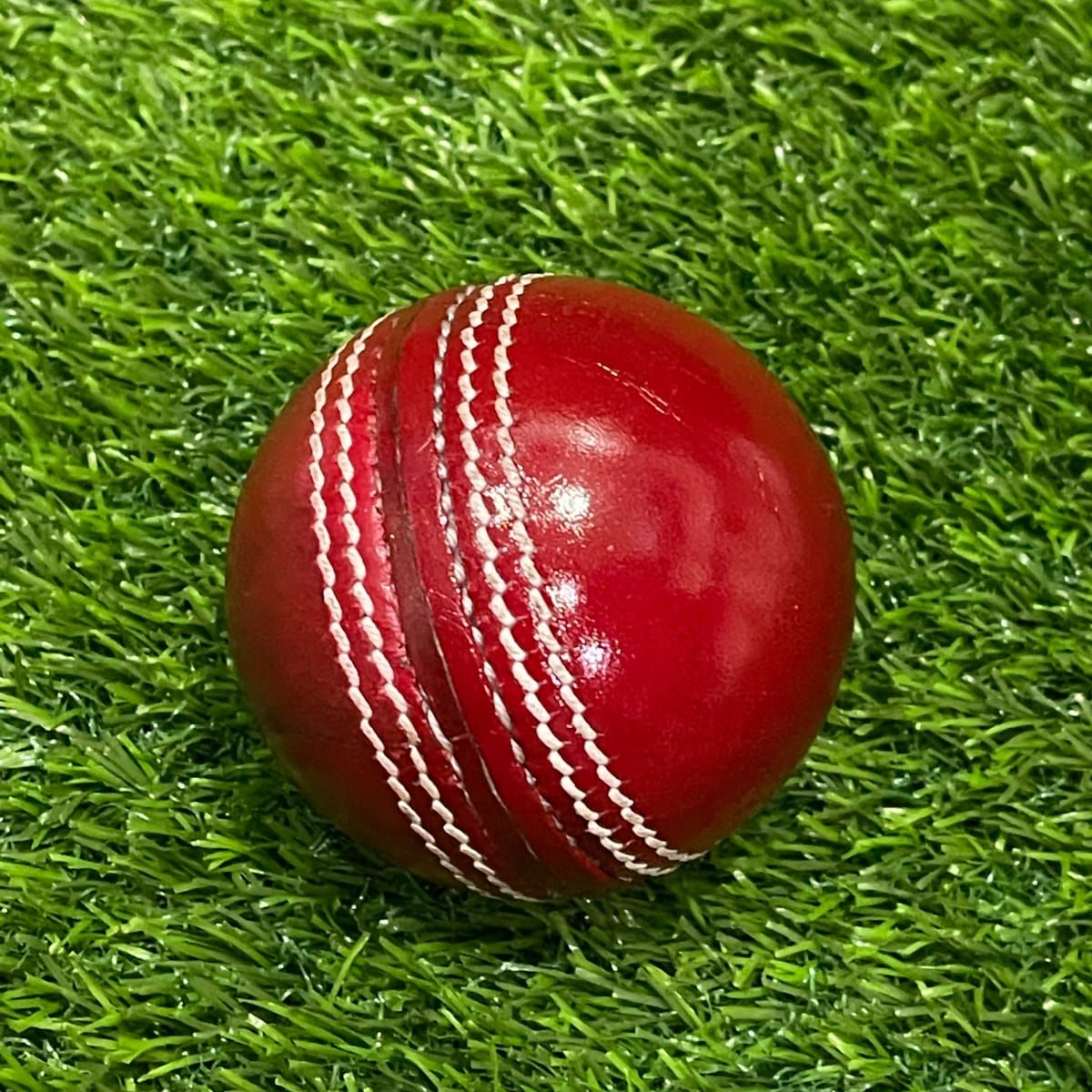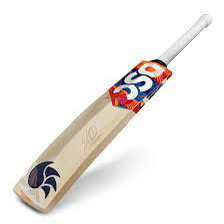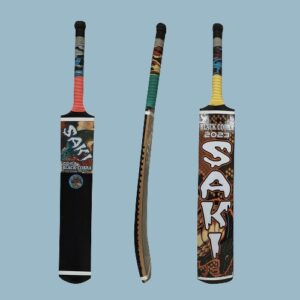A cricket hardball, commonly referred to simply as a “cricket ball,” is an essential piece of equipment used in the game of cricket. It is known for its distinct construction, durability, and specific use in professional and amateur cricket matches.
Key Features:
1. Construction:
- Core: The core of a cricket ball is made from cork, which is wrapped tightly with several layers of string. This core provides the ball with its hardness and shape retention.
- Leather Cover: The outer layer of the ball is made from high-quality leather. The leather is stitched together in two halves, often referred to as the “hemispheres,” with prominent seams. These seams play a crucial role in the ball’s aerodynamics and grip.
2. Seams:
- The cricket ball features a raised seam, which is the result of the stitching that holds the leather halves together. The seam typically has six rows of stitches and is crucial for bowlers to grip and manipulate the ball to produce different types of deliveries.
3. Weight and Size:
- Men’s Cricket: The standard weight of a cricket ball for men’s cricket is between 155.9 and 163 grams (5.5 to 5.75 ounces). The circumference is between 224 and 229 mm (8.81 to 9 inches).
4. Colors:
- Red: Traditionally used in Test matches and first-class cricket. The red color helps players see the ball during the day.
5. Durability:
- A cricket hardball is designed to withstand the rigors of the game, including being struck by bats and bowled at high speeds. However, its condition can deteriorate over time, affecting its performance. Players and umpires periodically inspect and, if necessary, replace the ball during a match.
The cricket hardball is a central element of the game, influencing every aspect of play, from batting and bowling to fielding. Its construction, weight, and design make it an essential piece of equipment for every cricketer.





Reviews
There are no reviews yet.